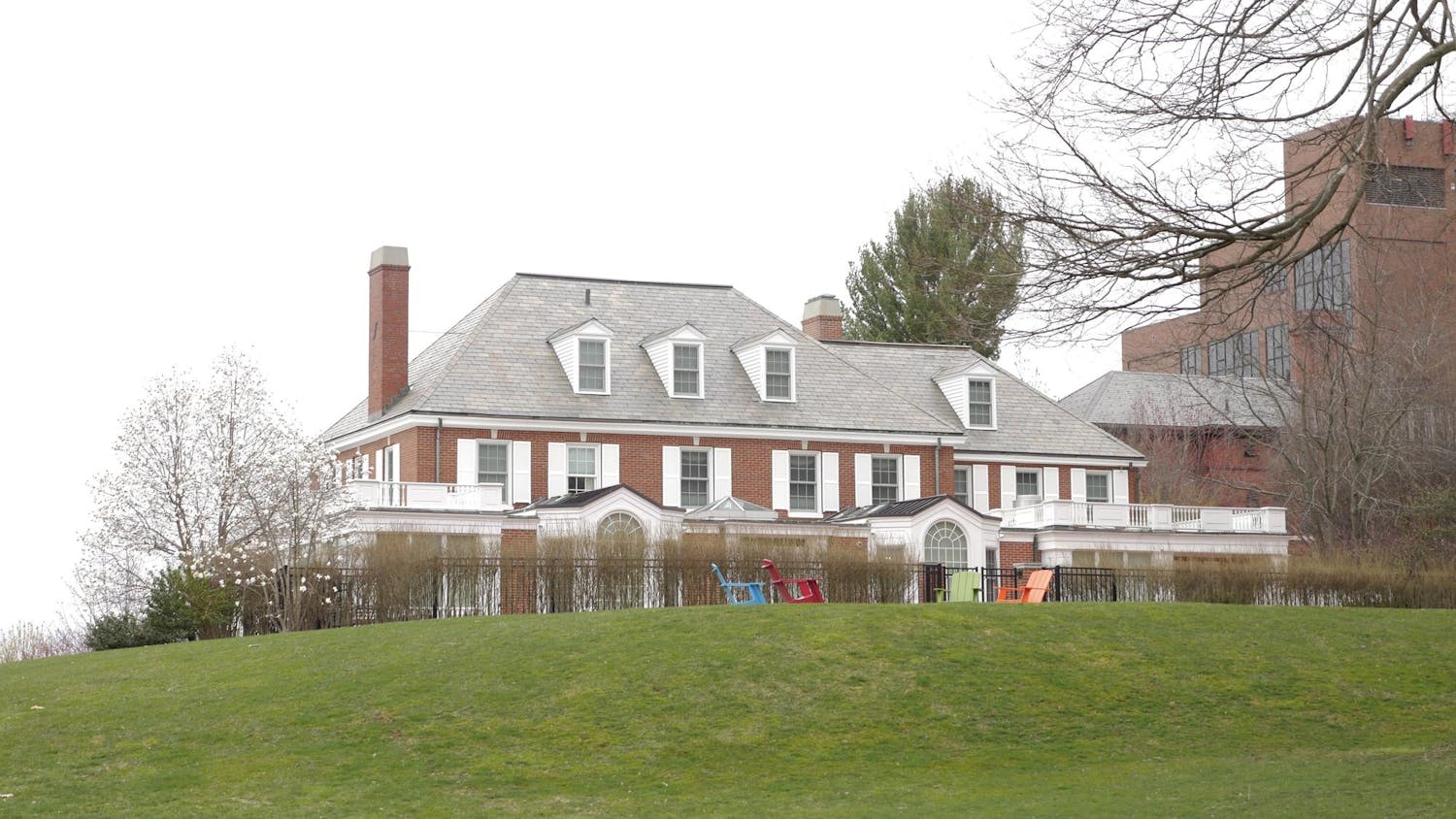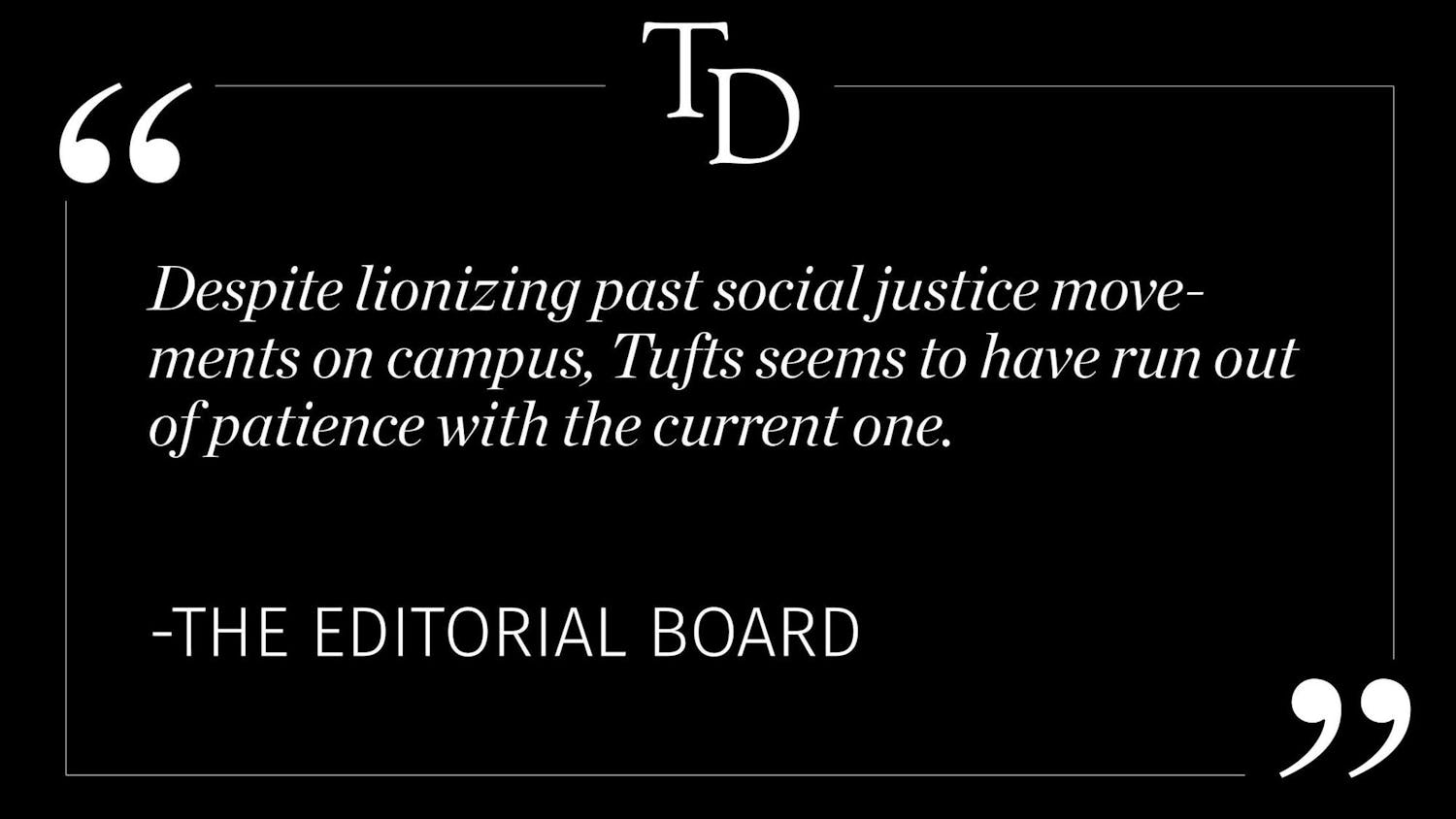American colleges and universities consistently take a majority of the top 10 spots in worldwide rankings. As higher education has become more crucial for professional success, the demand for higher education has also gone up significantly.
As most students are painfully aware, this rising demand was paired with rising tuition costs. In 1971, the average college tuition for private research universities was $1,832 (in today’s dollars) compared with the $31,231 students had to pay in 2015. Colleges and universities often attribute these rising costs to cuts in government subsidies and increased demand for financial aid, but one of the lesser-known and more impactful causes is the administrative bloat.
The administrative bloat refers to the nationwide disproportionate growth in college administrative positions. According to a PBS report, “since 1975 … full-time administrative positions grew by 369 percent, whereas full-time tenure-track faculty grew by 23 percent and part-time faculty by 286 percent.” The growth in these administrative positions has been accompanied by a growth in administrative salaries, thus putting pressure on universities to increase tuition.
In 2011, for example, 42 private college and university presidents had an annual salary of over $1 million. Many presidents also receive lavish perks such as club memberships or seven-figure loans for vacation homes. While University President Anthony Monaco’s salary is modest in comparison to the presidents of comparable universities, this issue is still very applicable to Tufts, particularly considering the recently-announced 3.6 percent increase in tuition for the 2017–2018 school year.
The Tufts administration is not lacking in personnel. The Office of the Trustees' website shows that there are 17 Officers of the University who "conduct the business of the university." There are also 11 committees, each with their member employees, that are “elected or appointed by the Trustees to oversee university matters in specific areas." While the website lists these employees and committees, there doesn’t seem to be public information on what it is they specifically do or how much money is being spent on them. Furthermore, in a May 6, 2016 op-ed in the Daily, Monaco explained that of the $355 million spent in 2015 on the School of Arts and Sciences and Engineering, nearly $40 million went to institutional support such as the human resources department, implying that administrative costs are high.
One way to start reducing administrative costs is to streamline the chain of command. The University of California at Berkeley saved $20.5 million annually by doing just this. Supervisors used to oversee an average of 5.1 employees, and when this was increased to 7.1, the university saw significant savings.In 2012, Tufts launched Tufts Effectiveness in Administrative Management (TEAM) to try and accomplish this. However, it was not as successful in saving a large amount of money for the university. In June 2016, Executive Vice President Patricia Campbell announced TEAM's wrap-up as well as the fact that it will only save Tufts $3.8 million annually.
Universities often cite the demands of parents and students for more amenities and services as part of the reason for increasing costs. But if this is the case, why aren’t parents and students informed about how much is being spent in administrative management? Anyone who pays tuition should be perfectly informed as to what and who it is they are paying for.
While many of these administrative costs might be justified in order for Tufts to remain competitive, the lack of transparency in costs is not. If Tufts truly believes that it is spending money in the best interest of its students, it should be willing to provide detailed information and cost breakdowns as well.
More from The Tufts Daily





